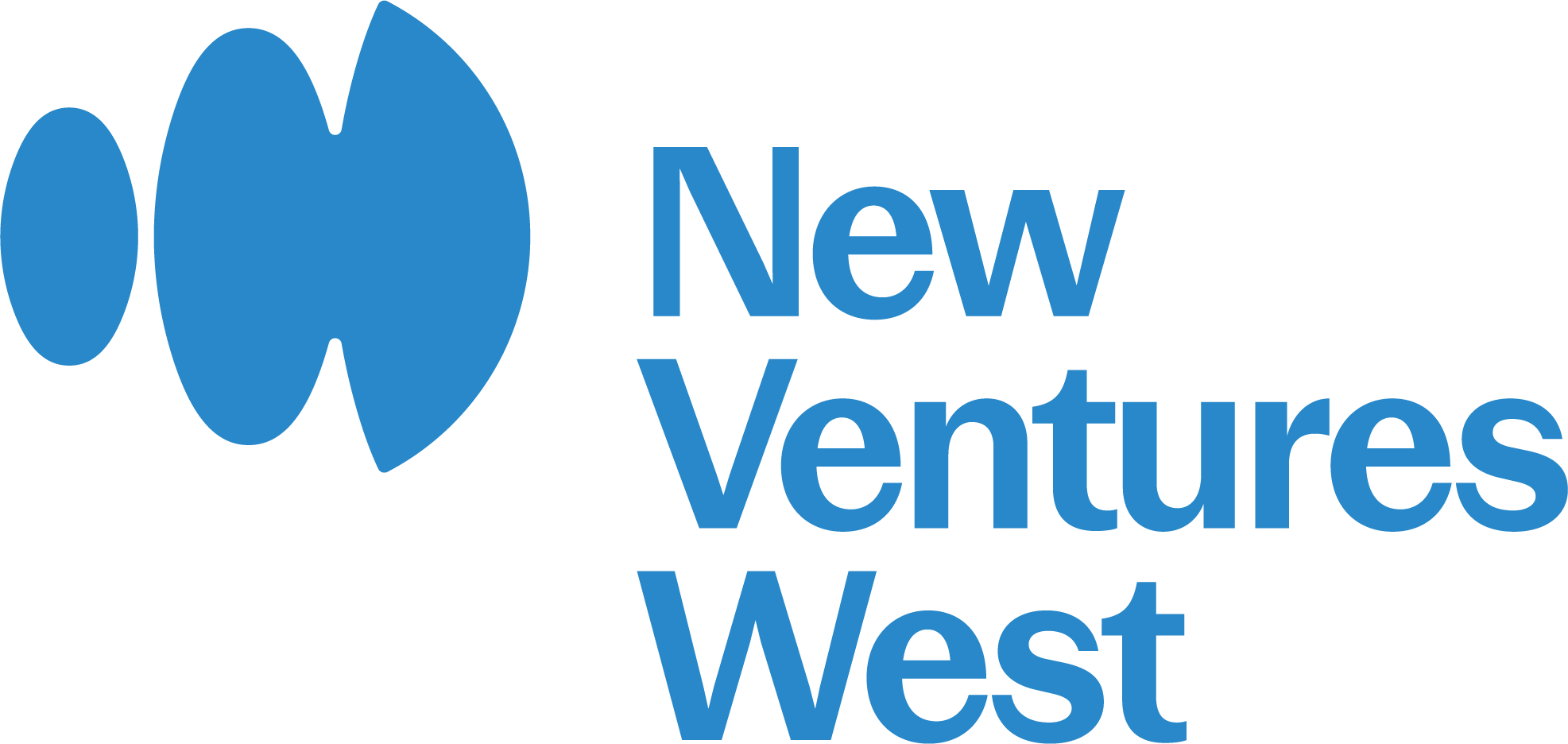Trajectory: A noticing and an invitation
Hello dear reader,
A few words on the last two posts of poetry. A sentiment you have likely read before: we are inundated with information, ideas, and the like; evermore so with the advent of AI writing aids. I welcome all of it—and invite you to as well. The increase of noise in a way can give rise to greater discernment of the signal. That is to say the resonance of signal becomes more clear, more differentiated, and distinct. The yellow dot becomes more yellow as the blue around it grows.
A sense-making invitation along these lines: We and the machines are generating more content and that will continue. What will become increasingly more apparent is the spirit/lived experience (or lack thereof) that gave rise to words in the article or post and the spirit we give (project) into those words. Our greater human faculties will necessarily be called forward into presence - another way of saying our evolution as a species will continue.
One only need look at the prevalence of spiritual teachers in the commons. Once relegated to religious institutions and lineages, more guides are arriving who transcend any one tradition. There are many ways to make a story of this. One I see is the readiness and capacity for more and more people to engage with these teachings, invitations, etc. We are becoming more human.
